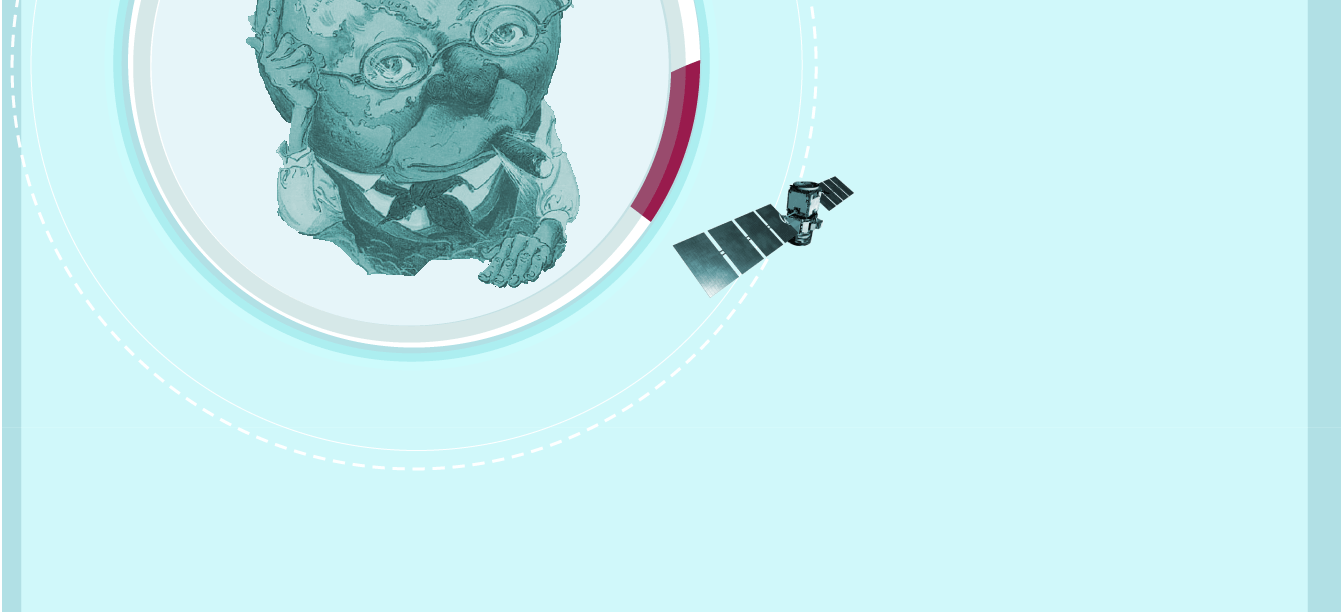Marc Andreessen once suggested “software is eating the world,” which might literally be true. Today we are rarely able to understand the resources our information and data infrastructures consume when we perform basic computational tasks. The goal of this syllabus is to interrogate these relationships by examining the intersection of information-related practice and research with what problematically gets configured as “nature.” [[UNPACK]] Across nine modules, this compilation does not provide a comprehensive review of the literature on the environment within the information fields. Instead, it extends this literature to promote experimental research and practice. The modules construct an interdisciplinary and provisional path through the related literature in a form that can be continually adjusted, rearranged, and augmented.
We start with a discussion of concerns germane to the work of most library and information science professionals: practices at the intersection of structuring information and computing. We attempt to rematerialize these practices across three domains germane to data-intensive practices in LIS: (1) decolonizing the organization of information, (2) energy use of the networked information infrastructure, and (3) how data centers refigure relationships between peoples and environments. Where our first section deals with information infrastructures, the second section takes an explicitly humanistic approach by introducing poetic, artistic, and activist lenses. It explores how artistic objects representing an increasingly troubled natural world raise awareness of the challenges facing it, as well as how they may incorporate and reshape information for aesthetic ends. The third section considers a design perspective on digital information objects, their lifecycles, and the different valences through which information researchers and professionals categorize and contextualize what is possible with them.

